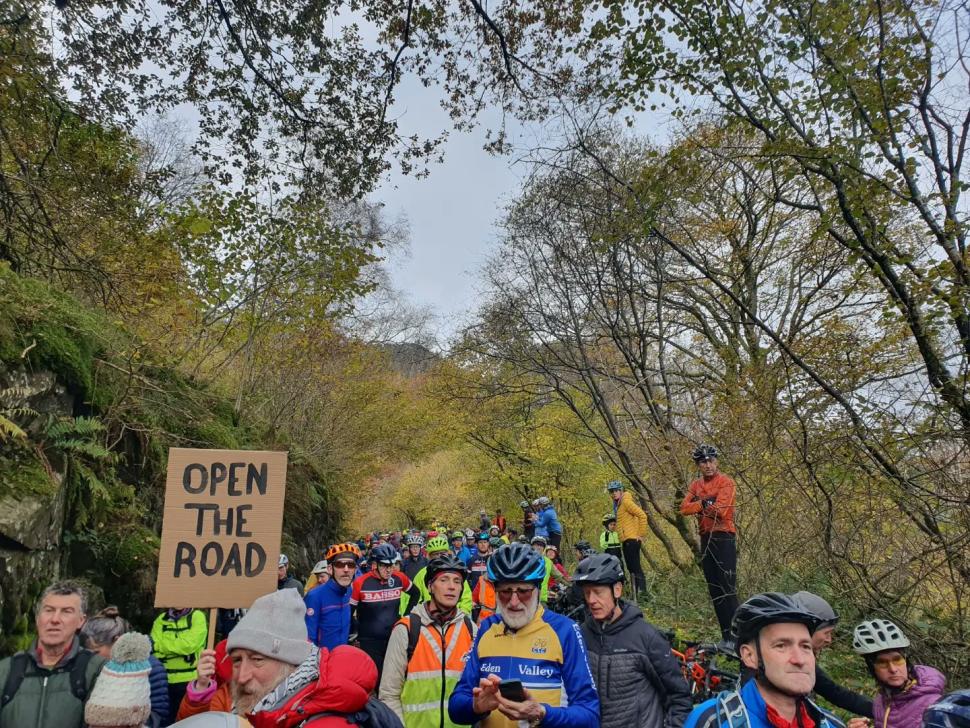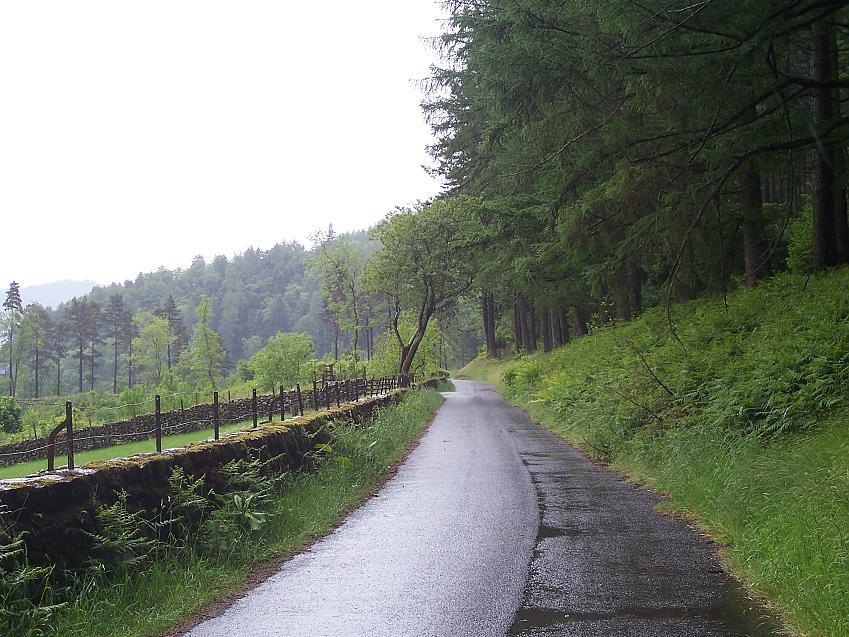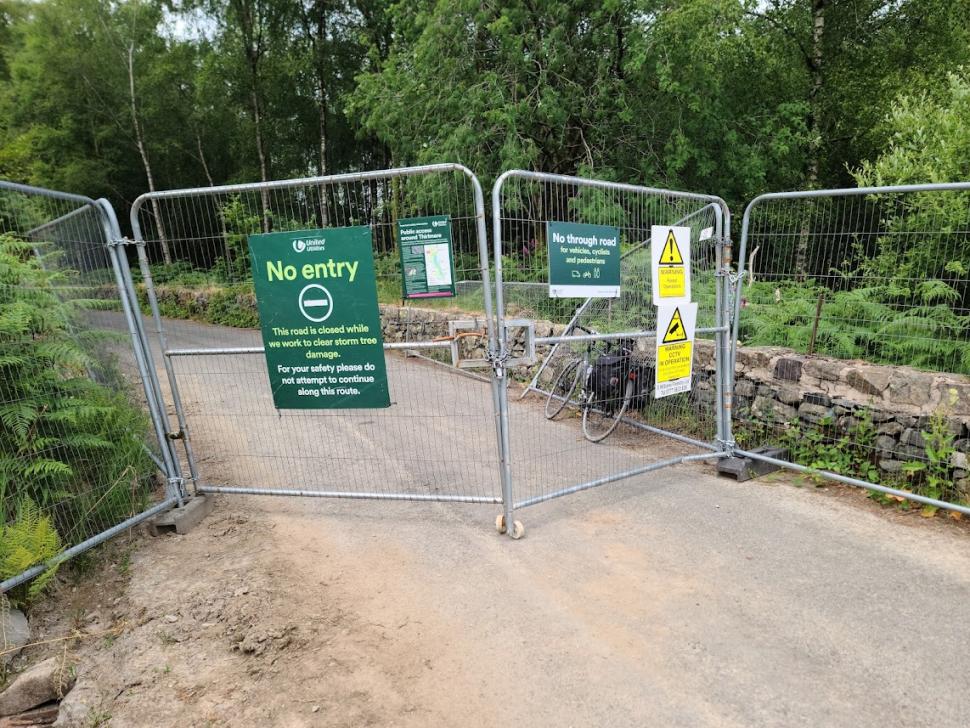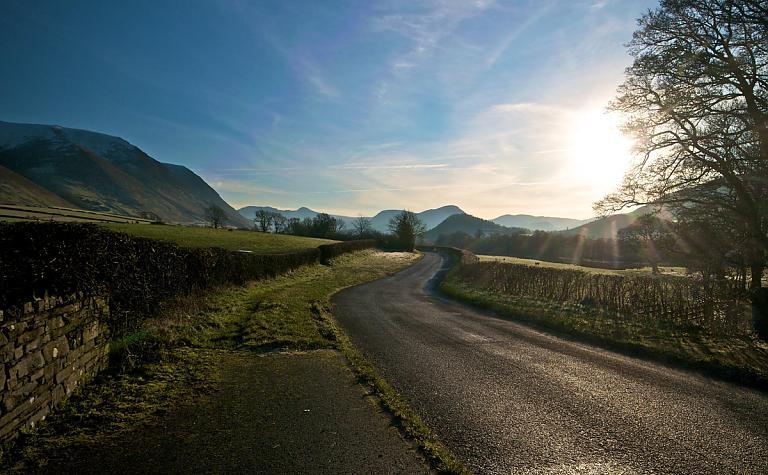- News
- Reviews
- Bikes
- Accessories
- Accessories - misc
- Computer mounts
- Bags
- Bar ends
- Bike bags & cases
- Bottle cages
- Bottles
- Cameras
- Car racks
- Child seats
- Computers
- Glasses
- GPS units
- Helmets
- Lights - front
- Lights - rear
- Lights - sets
- Locks
- Mirrors
- Mudguards
- Racks
- Pumps & CO2 inflators
- Puncture kits
- Reflectives
- Smart watches
- Stands and racks
- Trailers
- Clothing
- Components
- Bar tape & grips
- Bottom brackets
- Brake & gear cables
- Brake & STI levers
- Brake pads & spares
- Brakes
- Cassettes & freewheels
- Chains
- Chainsets & chainrings
- Derailleurs - front
- Derailleurs - rear
- Forks
- Gear levers & shifters
- Groupsets
- Handlebars & extensions
- Headsets
- Hubs
- Inner tubes
- Pedals
- Quick releases & skewers
- Saddles
- Seatposts
- Stems
- Wheels
- Tyres
- Health, fitness and nutrition
- Tools and workshop
- Miscellaneous
- Cross country mountain bikes
- Tubeless valves
- Buyers Guides
- Features
- Forum
- Recommends
- Podcast
news
 Thirlmere protest (@Niallsspence/Twitter)
Thirlmere protest (@Niallsspence/Twitter)More than 1,000 cyclists and walkers protest proposed permanent closure of quiet route that is "key part" of National Cycling Network
Crowds of "approximately 1,000" cyclists and walkers protested the proposal to permanently close a popular quiet route in the Lake District due to storm damage, a plan which Cycling UK says will force cyclists to use "a narrow section of busy A-road, hemmed in by walls with fast traffic and HGVs" as the "only alternative".
The 'Rally Against Thirlmere Closure' happened yesterday as part of the 'Keep Thirlmere Open' campaign, an attempt to keep the reservoirside road from being closed and to "get our message across to United Utilities that this road needs to be reopened to allow a safe, enjoyable and important route for locals and visitors to use".
The road, part of the National Cycling Network route six along the western shore of Thirlmere reservoir, has been temporarily shut for two years due to storm damage suffered during Storm Arwen. Now, Cumberland Council has proposed a Traffic Regulation Order (TRO) to close the road to all traffic, including cyclists and pedestrians, the reservoir's dam's owner, United Utilities, still having not carried out the necessary maintenance to reopen it.
Keep Thirlmere Open demo with my cycling club DVCC and approximately 1000 others. Found pit on the day there is an Act of Parliament for the road remaining open. Scandalous that we had to protest for our legal rights. pic.twitter.com/Ehg6Yfbeqn
— Nialls S. (@Niallsspence) November 6, 2023
Almost 10,000 people have signed the petition calling for the route to be made safe and reopened, "approximately 1,000" walkers and cyclists taking to the route yesterday in protest at the lack of action and proposed closure, for which a decision is to be made at a Cumberland Council meeting this Friday (10 November).
The protest's organiser said the aim was to "express our collective disgust at United Utilities and their abject failure to protect public safety and respect public rights of way at Thirlmere".
"It appears that United Utilities have no intention to fix the Thirlmere West Road and so they need to be called out for just how unacceptable their behaviour is to the public," the campaign page states.
"We want to get our message across to United Utilities that this road needs to be reopened to allow a safe, enjoyable and important route for locals and visitors to use."
One protester described the closure as "ridiculous", another attending with Derwent Valley Cycling Club saying it is "scandalous".
Explaining the history of the road, local historian Ian Hall told the protest that the 1879 Manchester Corporation Waterworks Act entitled the corporation to dam the lake at Thirlmere, thus creating a reservoir to pump water to Manchester. Under the act, the company would be required to build and maintain a road for public use, a route that "shall be maintained by and at the cost of the corporation forever".
"In the original Act of 1879, this road had to be built as a compensation for taking the lovely lakes that were here before and making Thirlmere a reservoir," Mr Hall explained.
"The act said that they had to make this road and maintain it in perpetuity for public use and, for the first 120 years, that's what was done. Now, United Utilities who own the dam want to close it and keep us out forever.
"They have a legal obligation to keep it open. It's not their right to close this road. It's our right to have it open. I'm delighted to see so many people here today to make that obligation clear."
Mark Hatton, organiser of the 'Keep Thirlmere Open' campaign, added the protest is to "object to the woeful lack of progress to reopen this road", in a "collective sense of disbelief that any of this is truly in the interests of public safety; that this isn't about public safety, it's all about corporate safety and convenience".
The road was first closed in the aftermath of the 'Beast from the East' in 2018 while contractors worked to repair damage caused by uprooted trees. Then, in November 2021, Storm Arwen felled 1,500 more trees and prompted another temporary closure due to disturbed rocks on the crags above and trees blocking the road.
The route has been closed since, and now faces permanent closure, something Cycling UK has objected to, arguing that it will "block off a key part of the National Cycle Network" and force cyclists to use "a narrow section of busy A-road, hemmed in by walls with fast traffic and HGVs".
As "one of the only safe road cycling routes leading towards Keswick", the quiet route is also popular with walkers and horse riders, Cycling UK arguing that while there is an "obvious hazard" of falling rocks due to the storm damage, "there are plenty of roads around the country where falling rocks remain a risk without resulting in the extreme solution of permanent closure", not least along the A591 on the opposite side of the reservoir where safety netting has been installed.
"So why haven't these solutions been considered to reopen the route here? Instead, the council is opting to close one of the most enjoyable and atmospheric cycling routes in the Lake District," Cycling UK said.
"Crucially, any risk assessment seems to have been focused solely on the risk of falling rocks on this road, without looking at the bigger picture of cycle safety. Closing this route forces cyclists onto a busy, and arguably much less safe, A-road up the eastern bank of the reservoir."
An FOI request asking for copies of the risk assessment for the closure and diversion route resulted in the admission that the council's diversion route "only stipulates suitability for vehicular traffic; therefore no diversion route is provided for pedestrians and cyclists at this time".
Cycling UK called this "ridiculous", adding: "Any assessment of the benefits and risks of closure on the grounds of safety clearly needs to look at the bigger picture and what is likely to result from this route being closed, not just the risk of keeping it open.
"We think it's more than just a local issue: it has a much wider impact. The closure shifts cyclists, horse riders and walkers from a safe, quiet road, to a busy, unsafe A-road, without any comparative safety audit. That disregards the Traffic Regulation Act criteria for making an order, and is a flawed decision-making process."
After publishing our initial story on Cycling UK's campaign we heard from a road.cc reader who had ridden the route during a summer cycle tour, leaving him to conclude the delay to repairing the road was "totally unnecessary" and that "if it was important for motorised traffic it would have been done" already.
Dave ignored the closure, along with another local rider who he met on the route, saying it was still "much safer than going back and cycling up a busy main road", the pair clambering past the gates and fallen trees to slowly and carefully continue along the closed road.
"It is such a good alternative route that I would imagine whatever they do to try and permanently close it, people will find a way through on foot for sure and on bikes for riders who can lift them high enough. Two closed-off, dead-end routes in this quiet location will lead to all sorts of problems," he concluded.
Dan is the road.cc news editor and joined in 2020 having previously written about nearly every other sport under the sun for the Express, and the weird and wonderful world of non-league football for The Non-League Paper. Dan has been at road.cc for four years and mainly writes news and tech articles as well as the occasional feature. He has hopefully kept you entertained on the live blog too.
Never fast enough to take things on the bike too seriously, when he's not working you'll find him exploring the south of England by two wheels at a leisurely weekend pace, or enjoying his favourite Scottish roads when visiting family. Sometimes he'll even load up the bags and ride up the whole way, he's a bit strange like that.
Latest Comments
- brooksby 38 sec ago
Hadnt intended to, was just curious for the next time I get the stink eye from someone crossing one
- Secret_squirrel 7 min 9 sec ago
3.6 km of vertical ascent. Thats harsh....
- the infamous grouse 12 min 40 sec ago
hand-held or handlebar mounted cowbell, minimum 110dB. eagerly looking forward to the video of someone ringing such a bell while using a towpath,...
- Shades 27 min 34 sec ago
In addition to my steel road bike, I got a titanium gravel bike built last year; really fancied a 'signature bike' and the bike mechanic I use was...
- spasypaddy 31 min 45 sec ago
nice extension can be found if you google for it that allows you to download a GPX which can then be loaded into Strava's mapping tool to then push...
- brooksby 47 min 21 sec ago
And another thing: has anyone noticed how nobody has tried and failed to shoot Trump since he won the election? I'm not saying it could have been...
- Hirsute 1 hour 4 min ago
You are Ben Habib and I claim my £5.
- chrisonabike 2 hours 8 min ago
What are you, some kind of authoritarian* Communist?...
- quiff 3 hours 6 min ago
I'd say just 4 reverting is a good result; they haven't just been steamrollered by public pressure. Of those, I know 3 well and agree that 30 is...
- hawkinspeter 4 hours 16 min ago
Another day, another BristolPost piece about Park St: https://www.bristolpost.co.uk/news/bristol-news/park-street-bus-gate-latest-10008820





Add new comment
8 comments
Maybe all the local cyclists should hire a JCB and clear it. It could raise a very interesting legal situation and I'm sure UT wouldn't like the adverse publicity. They wouldn't put up with this in France.
It's not the clearing of the road that's the issue, it's the fact that UU want to close a section permanently, and therefore meaning it will no longer be a through route.
I and a few other club members made the trip up from the south of the county for the rally - but unwisely stopped for a brew stop in Grasmere so got there a little late, by the time we got to the rally point the crowd was too big to be able to see or properly hear the speakers - which was a shame for us, but great that there were so many people turned up.
"The act said that they had to make this road and maintain it in perpetuity for public use and, for the first 120 years, that's what was done. Now, United Utilities who own the dam want to close it and keep us out forever."
Presumably there is some sort of legal agreement to keep this road open in perpetuity, so how can a private company, run solely for the profit of its shareholders, get away with ignoring that?
Not only the private company, but how can the council, supposedly working for its constituents, not only fail to take action to keep the route open, but actively support the private company by introducing a TRO? Their attitude might just be understandable if they first planned major safety improvements on the alternative main road, including a continuous segregated cycle route, but there is no mention of anything like that.
Lots of unanswered questions, but lots of complete failure to look at the bigger picture, not just saving a profit-driven private company from spending some money and fulfilling their obligations: just like all the other privatised water companies.
Water companies have been given a greenlight to do whatever they want since privatisation. There only obligation is to churn out dividends and huge bonuses, they won't spend a penny on infrastructure or anything beneficial to the public just as the conservatives intended.
As posted by a few people, this route is still well used, it deemed by those who dangerously navigate, that they have no choice or it is stillna lesser danger.
The main road they're proposing people use is so totally unfit for anything but motorists it's so incredibly busy and like all roads in the area, narrow without many escape or refuges. I used it once heading south to Ambleside and never again. This road should be sorted ASAP and as someone said it would have been if it were for cars.
The road mentioned as a replacement isn't safe for cycling in all honesty with cars, delivery vehicles, Agricultural vehicles etc. United Utilities need to be made to maintain this route or others will follow.
This is about the safety of ALL road users and United Utilities are trying a cost cutting measure as well as blocking a fairly well used highway.
This must be opposed.
This road should be sorted for all road users and United Utilities made to repair it. Ive visited farmer friends up there the main road simply isnt fit for the volume of traffic.
Accidents will occur!